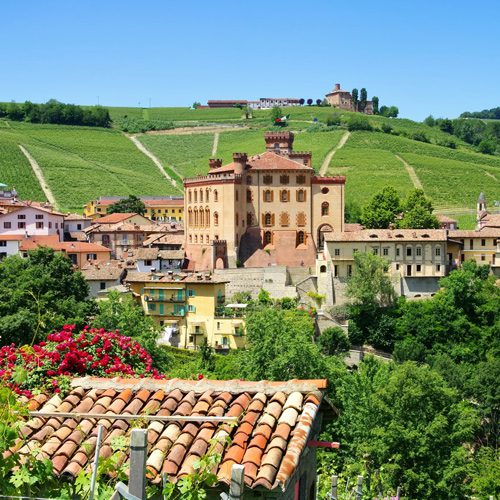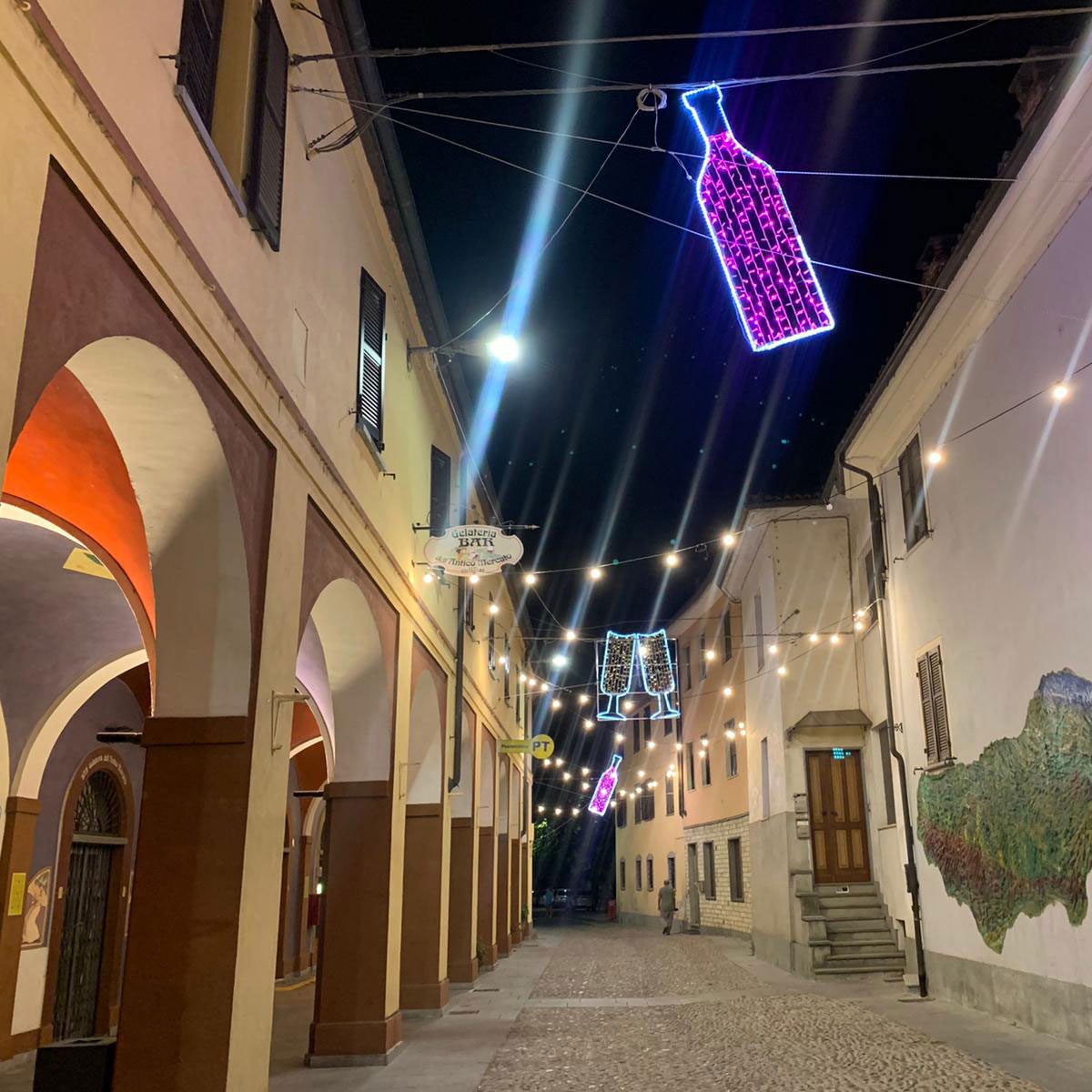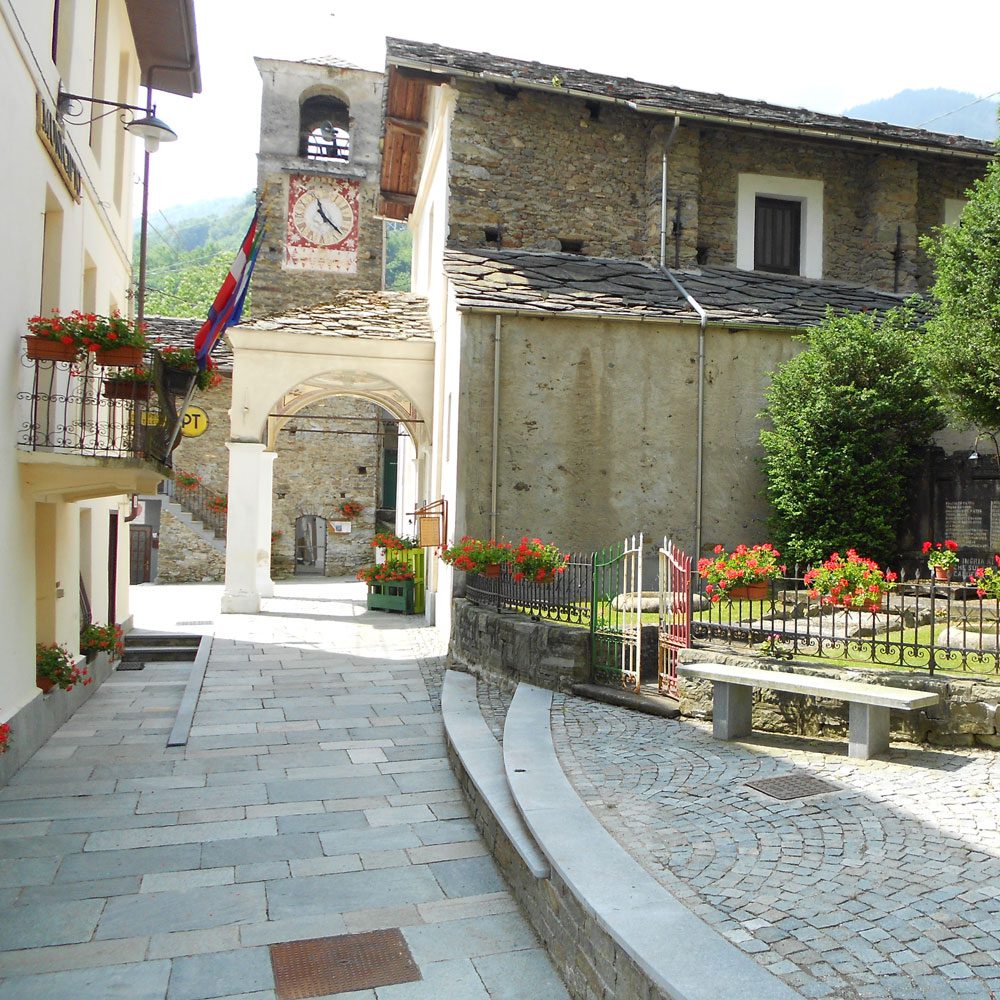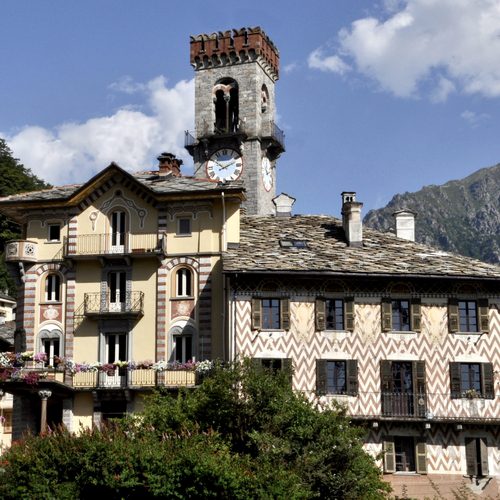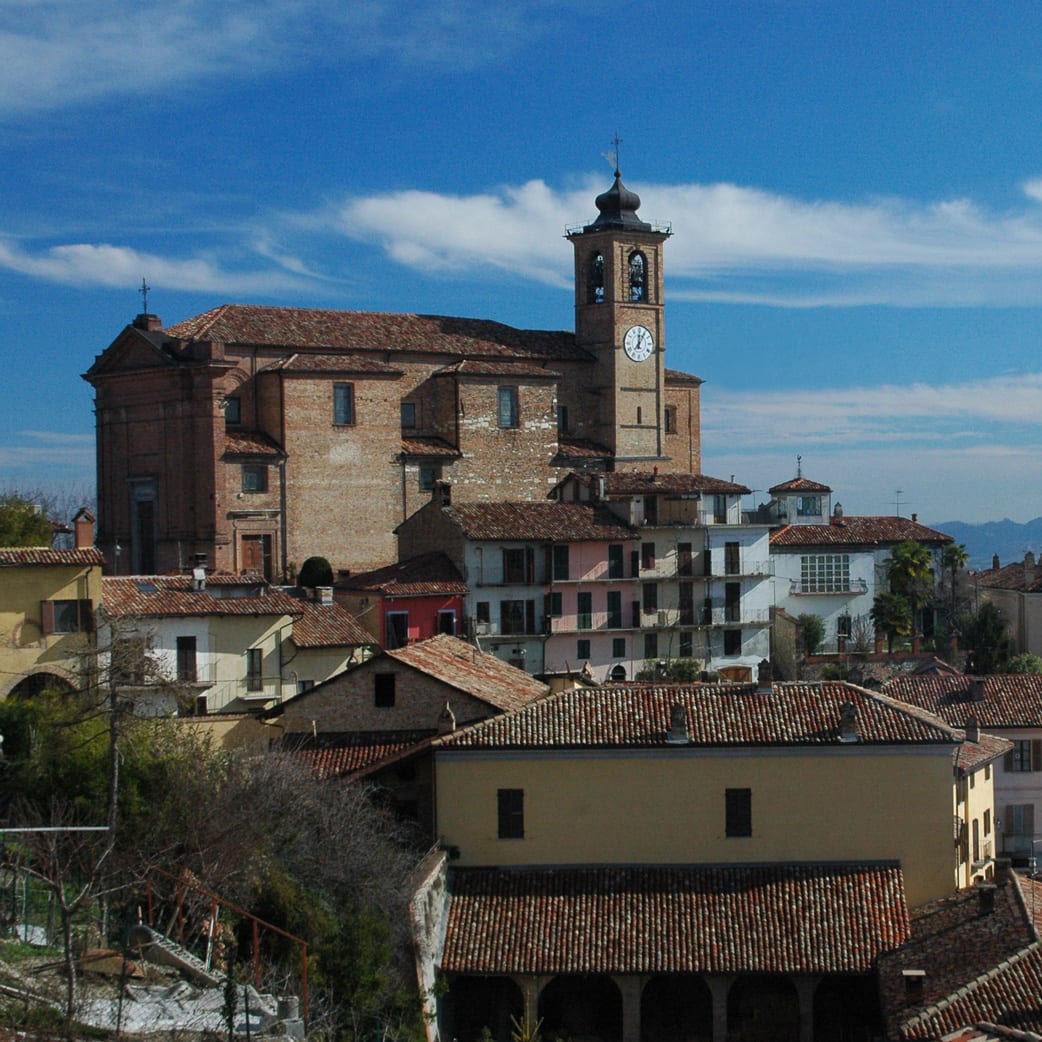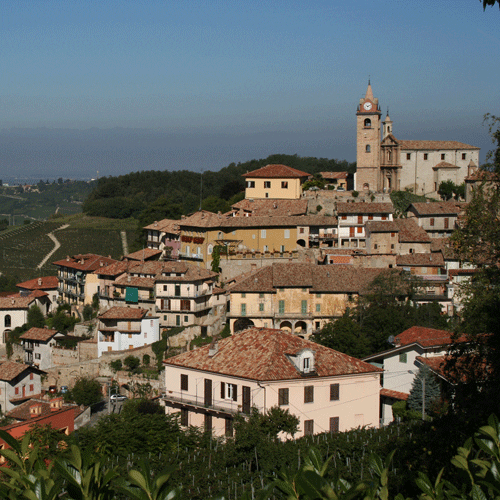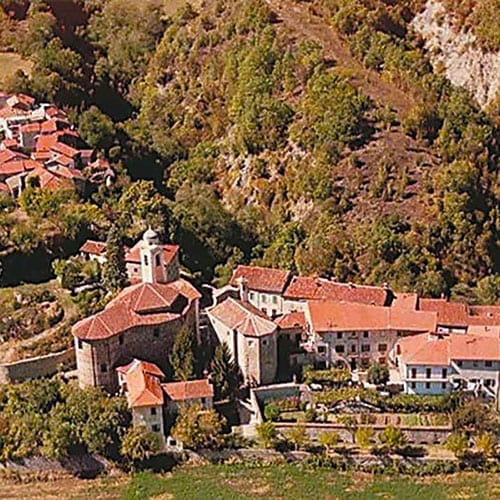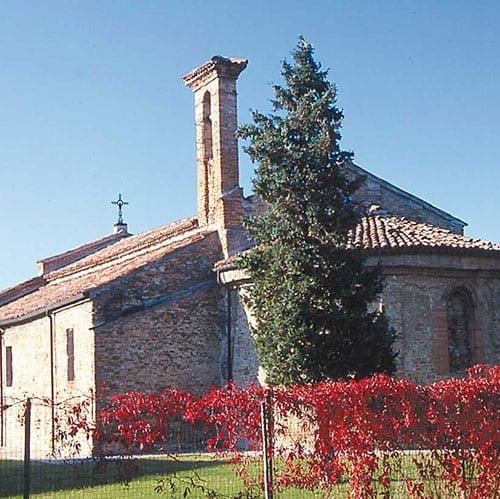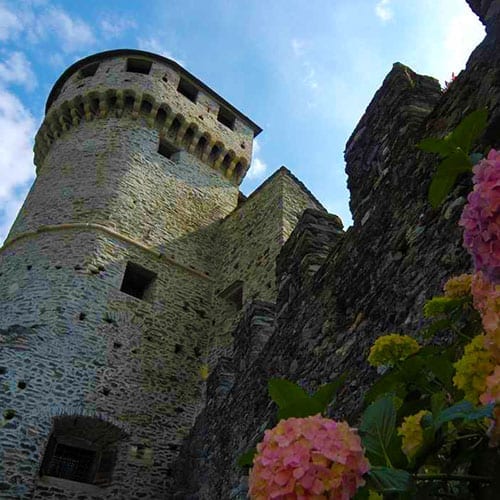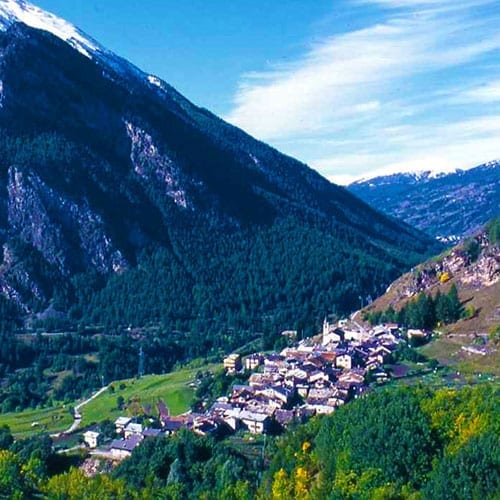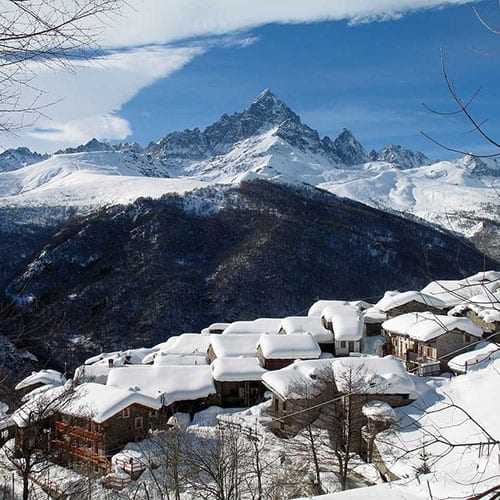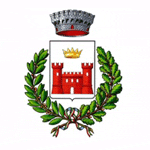 Cella Monte
Cella Monte
MUNICIPALITY OF cella monte
(Province of Alessandria)
Altitude
mt. 268 a.s.l.
POPULATION
504
tourist information
www.comune.cellamonte.al.it – Ph. 0142 488161
e-mail: eventi@comune.cellamonte.al.it
Tourist office: Via Matilde Francia 13.
 The Name
The Name
The origin of the name comes from the wine cells that were once dug into the sandstone and occupied the vast area where the first houses were built. Another hypothesis is that the name derives from the small monasteries (in Italian “celle”). The name of Cella appears in documents such as a diploma of the Emperor Arrigo V (1116), later it is mentioned in a concession to William Marquis of Monferrato by Emperor Frederick I (1164), in a public act of Emperor Frederick II and in a diploma of Emperor Charles IV (1355) confirming the rule of the “Monferrini Marquises on Cella”.
Walking through Cella Monte you may see shells imprisoned in the walls. Millions of years ago there was the sea here and the hills of Monferrato were its archipelagoes. When the water receded, it left the maritime sandstone, a visual testimony of the evolution of the planet. A stone with which the houses were built in Cella Monte, a village of five hundred inhabitants nestled among the fascinating hills that offer full-bodied wines such as Barbera or intriguing one, such as Grignolino. In 2014, UNESCO declared the wine-growing landscapes of the Langhe, Roero and Monferrato as the fiftieth Italian World Heritage Site.
The territory of Cella Monte has a concentric, medieval origin, and a smaller nucleus, the Coppi hamlet, was settled in later periods.
Every corner of Cella Monte tells of the ancient times, when fog was unknown and the land enjoyed a tropical climate. You can see it in its houses, built of sandstone. Or in the Infernot, a unique structure in the area, an underground cell, entirely dug into the sandstone and usually adjacent to the cellar, where the constant temperature and humidity, the absence of light, draughts of air and noise offer optimal conditions for the storage of the most valuable wine bottles. They are small architectural masterpieces made by local builders, testimonies of the peasant tradition of the past.
The signs of history can be seen in the houses of the village where the sandstone holds fossils, or in the noble palaces, such as the home of Pietro Secondo Radicati, bishop of Casale Monferrato. The most surprising of all is Palazzo Volta, now home to the Ecomuseo della Pietra da Cantoni, whose recent restoration has brought to light an extraordinary loggia of the ‘400.
There are many treasures kept in Cella Monte or in its surroundings: a flowery corner, an arch that leads into a courtyard, surrounded by those who were the homes of the peasants, or a large clock on a brick façade.
The Wine Landscapes of Langhe, Roero and Monferrato have been recognized by UNESCO as the 50th Italian World Heritage Site. Cella Monte is located in the core area of the sixth component of the serial site, the “Monferrato degli Infernot”.
Cella Monte is located in the gentle hills of Monferrato Casalese, a land of vineyards and production of wines such as Grignolino, Barbera, Freisa. In some local wineries you can combine wine tasting with a visit to the winery and their infernot.
In the first weekend of November, the “Regional Festival of the White Truffle in the Ghenza Valley”, promotes the fragrant underground mushroom, the king of autumn cuisine, collected in the lands of the valley. In the borgo, excellent salami are also produced, with handmade processes handed down from generation to generation.
Other typical local dishes are Agnolotti, Fritto Misto alla Piemontese, Bagna Cauda (a sauce with oil, garlic and anchovies).
“The ring of Cella Monte”, “Paintings, roses and vineyards” and “Vineyards and inferns” are three paths that can be followed on foot, by bicycle or on horseback, allowing visitors to discover the colours of the vineyards, the blossoming of the village and the wonderful views.
In May, the spring event “Le Colline sono in Fiore” (The Hills are in Bloom) offers visitors an original challenge between residents who set up floral decorations on display in the central street. The inspirational theme changes every year. For rose lovers there is a map that accompanies the discovery of the specimens planted in the most typical points of the borgo. Cella Monte participates in the national competition of “Flower Municipalities” and in 2006 represented the small municipalities, the first participation of Italy in the European competition “Entente Florale”, obtaining the silver medal.


